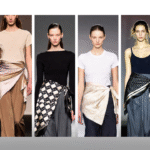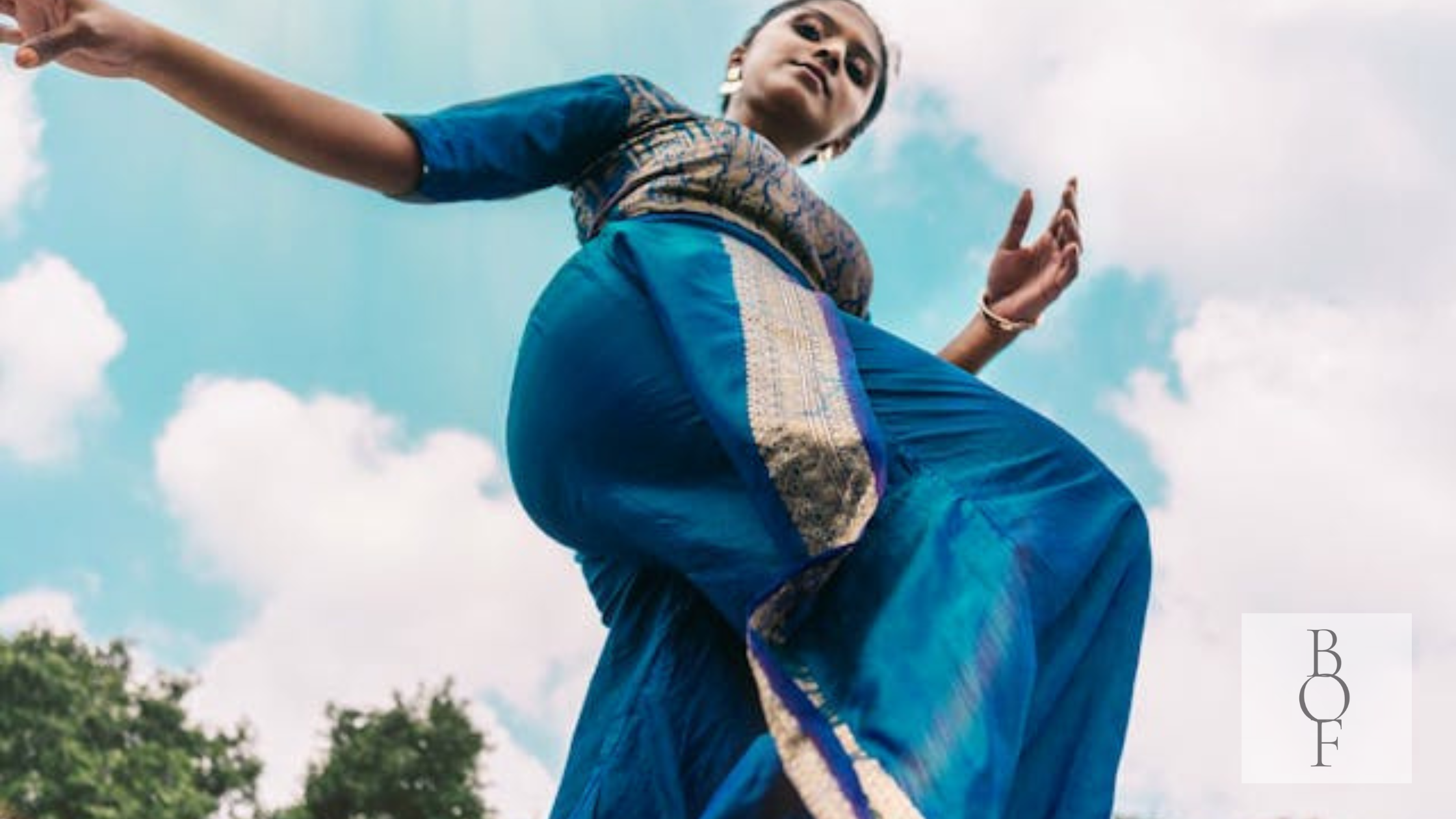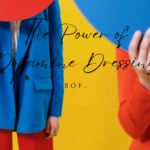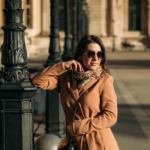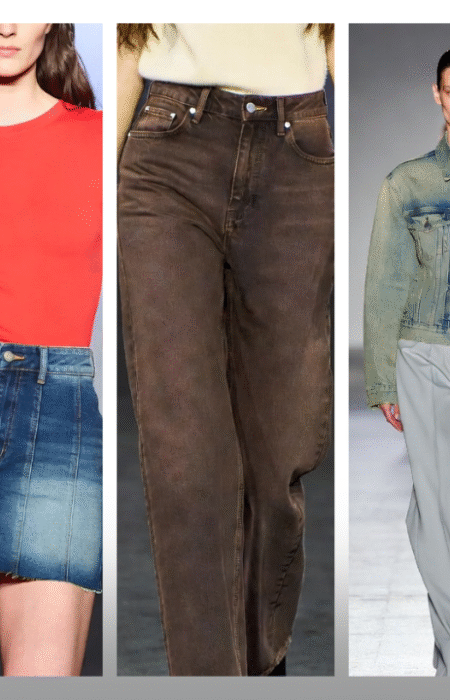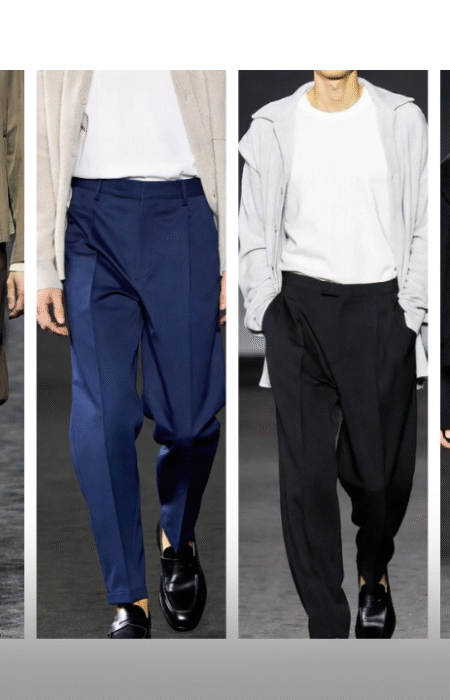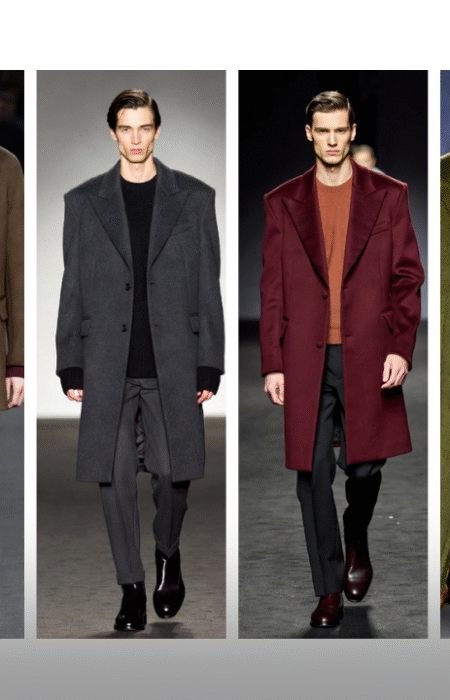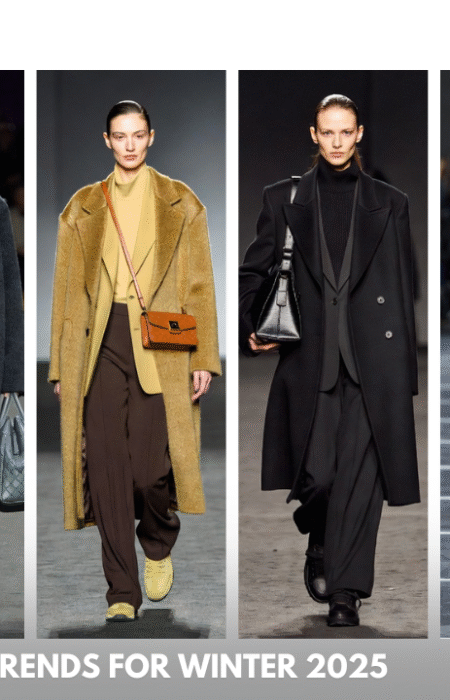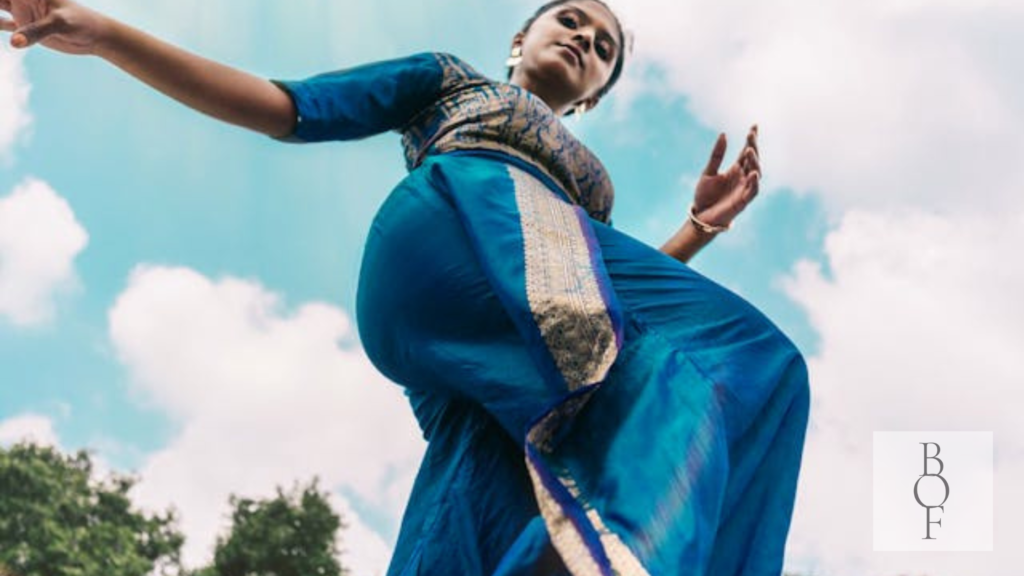
Nivi Style: This is the most common and traditional draping style, where the pleats are tucked into the petticoat at the waist and the pallu is draped over the left shoulder.
Gujarati Style: In this style, the pallu is draped from the back to the front over the right shoulder, creating pleats in the front.
Bengali Style: The saree is draped without pleats, and the pallu is wrapped around the body and then draped over the left shoulder.
Maharashtrian Style: Known as the ‘Nauvari’ style, this saree is draped in a dhoti-like manner with pleats tucked at the back, and the pallu is draped over the left shoulder.
Kodagu Style: This style involves draping the saree in a pleated manner at the back, with the pallu brought to the front over the right shoulder.
Tamilian Style: In this style, the pallu is draped from the back to the front over the right shoulder, and the pleats are neatly arranged at the front.
Kerala Style: The saree is draped in a simple and elegant manner, with the pallu worn over the left shoulder and pleats tucked at the back.
Lehenga Style: This style mimics the draping of a lehenga, with the saree pleats tucked at the waist and the pallu draped over one shoulder.
Pant Style: In this modern style, the saree is draped over pants or leggings, giving it a contemporary and edgy look.
Half Saree Style: This style involves draping the saree in a way that resembles a half saree, with the pallu draped over one shoulder and the pleats tucked at the waist.
These saree draping styles offer versatility and allow you to experiment with different looks depending on the occasion and your personal style preferences.


